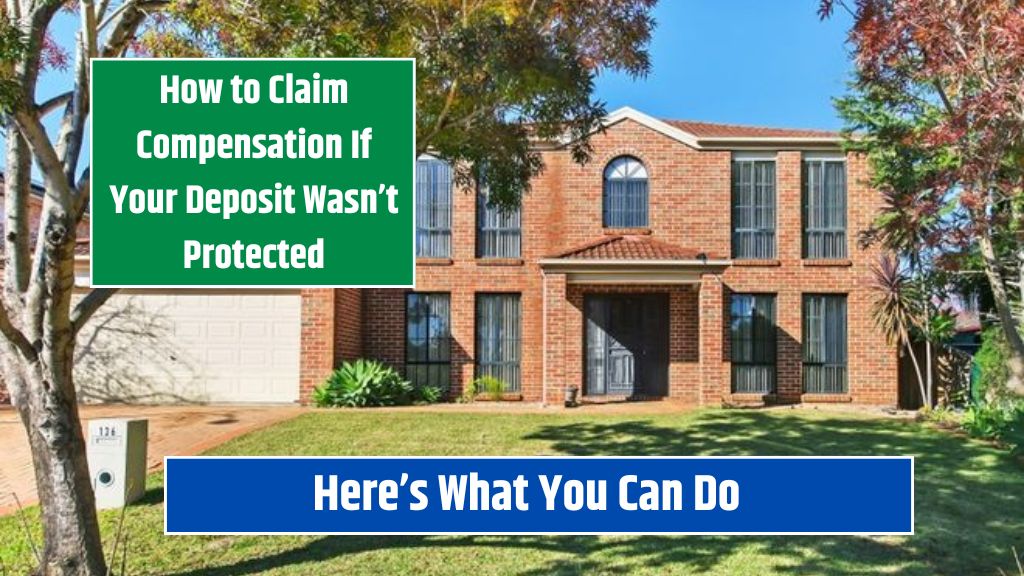If you are renting a home under an Assured Shorthold Tenancy (AST), your landlord is legally required to protect your deposit in a government-approved Tenancy Deposit Protection (TDP) scheme. However, if you suspect that your deposit hasn’t been protected, you have legal options to claim compensation and ensure your rights are upheld.
In this guide, we’ll cover how to check if your deposit is protected, how to get it back, and what legal steps you can take if your landlord has not followed the rules.
How to Check if Your Deposit Is Protected
If you are unsure whether your landlord has registered your deposit with a TDP scheme, you can contact the schemes directly:
Approved Deposit Protection Schemes in England and Wales
- MyDeposits (Including deposits previously held by Capita)
- Phone: 0333 321 9401
- Tenancy Deposit Scheme (TDS)
- Email: [email protected]
- Phone: 0300 037 1000
- Deposit Protection Service (DPS)
- Phone: 0330 303 0030
You can also check with your landlord or letting agent for confirmation.
Getting Your Deposit Back
If your deposit has been properly protected, you should receive it back within 10 days of both you and your landlord agreeing on the refund amount.
However, if your landlord has not used a TDP scheme when they should have, you can take legal action.
Taking Legal Action Against Your Landlord
If your landlord has failed to protect your deposit, you can apply to a county court to claim compensation. Before doing this, consider the following steps:
Step 1: Contact Your Landlord
- It may be faster and cheaper to write a formal letter to your landlord requesting proof of deposit protection.
- If they fail to respond or refuse to comply, you can proceed with legal action.
Step 2: Apply to County Court for Compensation
- If your landlord does not resolve the issue, you can apply to the county court using Form N208 (Claim Form).
- You do not need a solicitor to apply, but seeking legal advice is recommended.
Court Application Details:
- Court fee: £365
- If you are on low income or benefits, you may qualify for a fee reduction.
- If you win the case, your landlord may be required to reimburse your court fees.
What the Court Can Order Your Landlord to Do
If the court finds that your landlord did not protect your deposit, they may be ordered to:
- Repay your deposit in full.
- Place it in a TDP scheme within 14 days.
- Pay you compensation of up to 3 times the deposit amount within 14 days.
Additionally, the court may rule that you do not have to leave the property at the end of your tenancy if your landlord has violated deposit protection rules.
As a tenant, you have strong legal protections when it comes to your security deposit. Always check whether your deposit is protected in a TDP scheme and take action if your landlord fails to comply. If necessary, you can seek compensation through the county court to ensure your rights are upheld.
If you need further assistance, consult a legal expert or housing organization for guidance.
FAQ’s
How do I check if my deposit is protected?
You can contact one of the government-approved TDP schemes (MyDeposits, TDS, or DPS) to check if your deposit has been registered.
What if my landlord has not protected my deposit?
If your landlord has not used a TDP scheme, you can take legal action in county court and claim up to 3 times the deposit amount as compensation.
Can I get my deposit back if it’s not protected?
Yes. The court can order your landlord to repay your deposit or place it in a TDP scheme within 14 days.
How much does it cost to take my landlord to court?
The court fee is £365, but you may be eligible for a fee reduction if you have a low income or claim benefits.
Will I have to leave my property if my deposit was not protected?
The court may rule that you do not have to leave at the end of your tenancy if your landlord has failed to protect your deposit.
